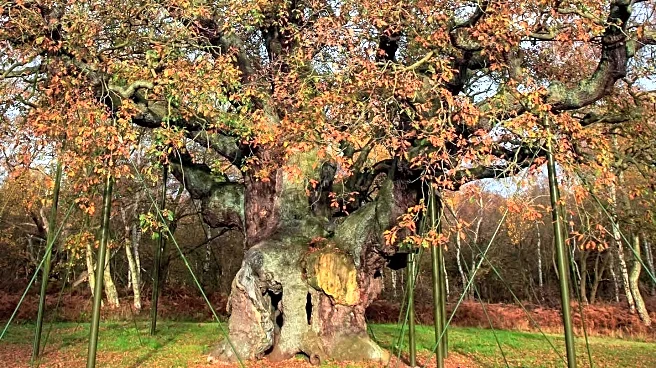Rapid Read • 7 min read
A Viking silver hoard discovered in Bedale, North Yorkshire, has provided new insights into ancient trade networks between the Vikings and the Islamic world. The hoard, dated to the late 9th or early 10th century, includes silver ingots, arm rings, and neck rings. Geochemical analysis conducted by Jane Kershaw from Oxford University revealed that a significant portion of the silver originated from the Islamic Caliphate, challenging previous assumptions about the timeline of Viking trade. The findings suggest that Vikings engaged in long-distance trade with the Islamic world earlier than previously thought, bringing large quantities of silver to Scandinavia and subsequently to England.
AD
The discovery of the Viking silver hoard and its analysis provide critical insights into the economic and cultural exchanges between the Viking world and the Islamic Caliphate. This challenges established narratives about Viking expansion and trade, highlighting the complexity and reach of their networks. The findings have implications for understanding the development of early European economies and the role of trade in shaping cultural interactions. The presence of Islamic silver in Viking territories underscores the interconnectedness of medieval societies and the importance of trade in historical development.
The analysis of the hoard also reveals sophisticated metalworking practices in Viking settlements, indicating advanced technological capabilities. This challenges perceptions of Viking societies as primarily raiders and highlights their role as traders and craftsmen. The cultural exchange facilitated by trade routes may have influenced Viking art, technology, and societal structures, contributing to a more nuanced understanding of their legacy.
AD
More Stories You Might Enjoy











